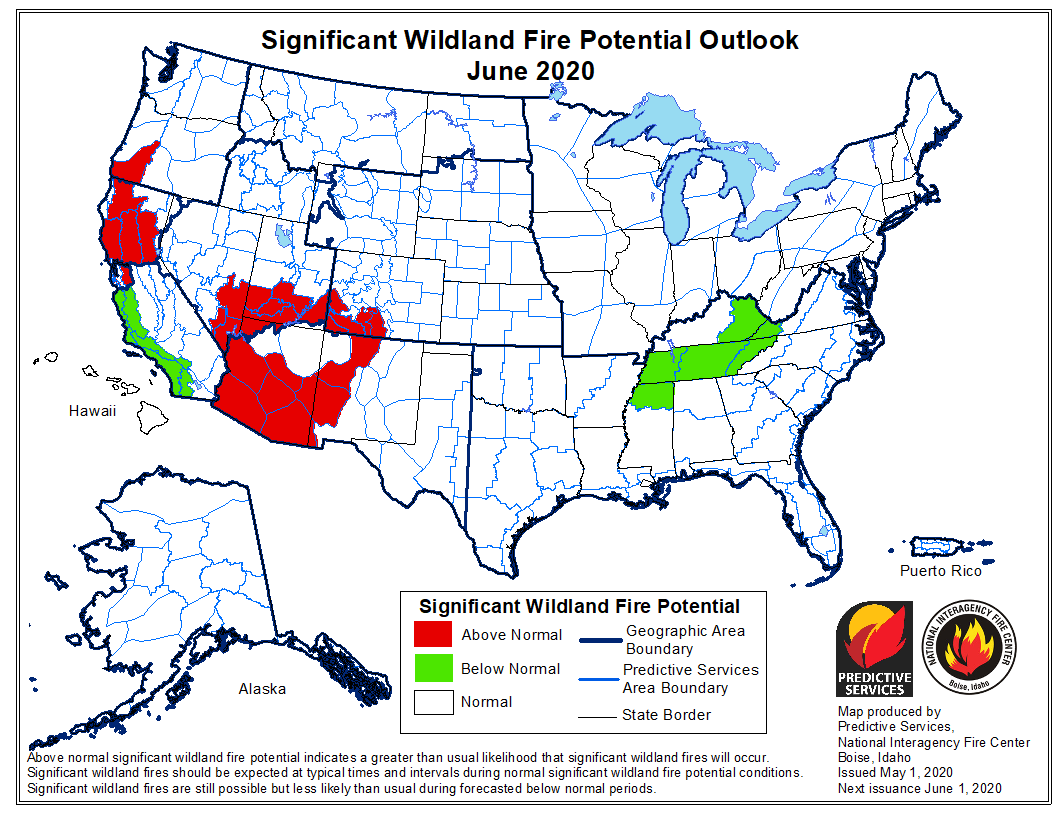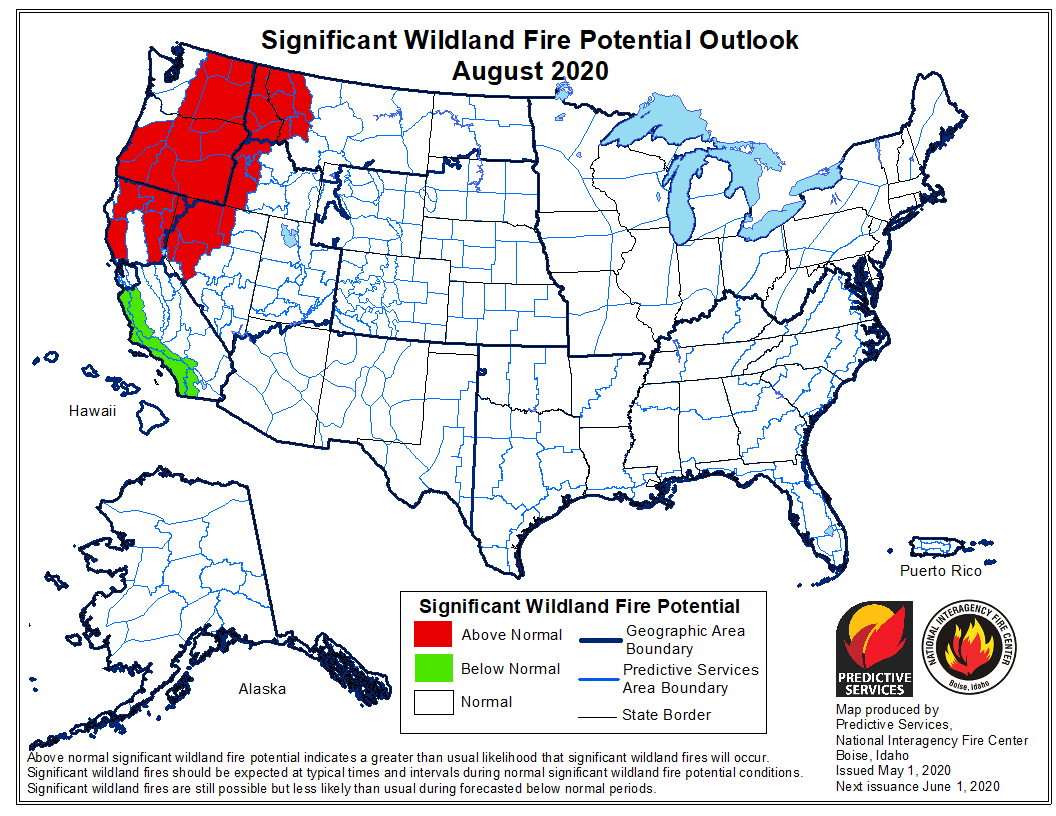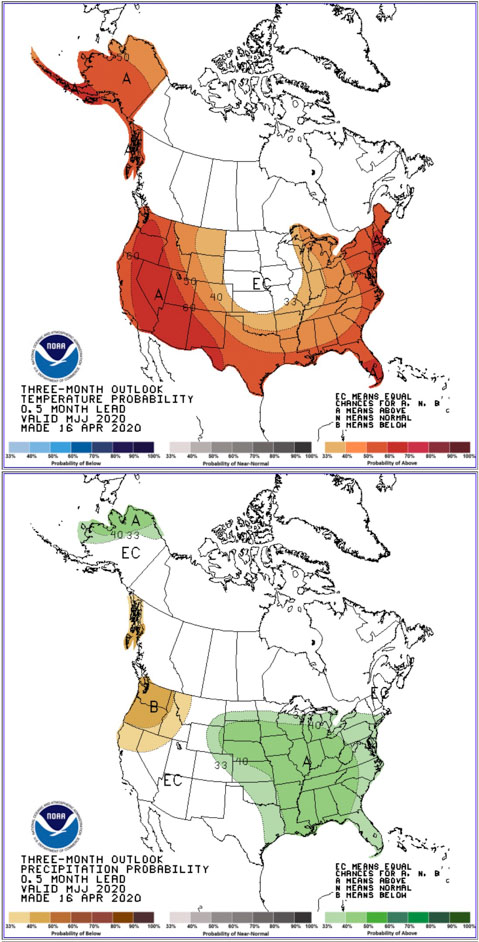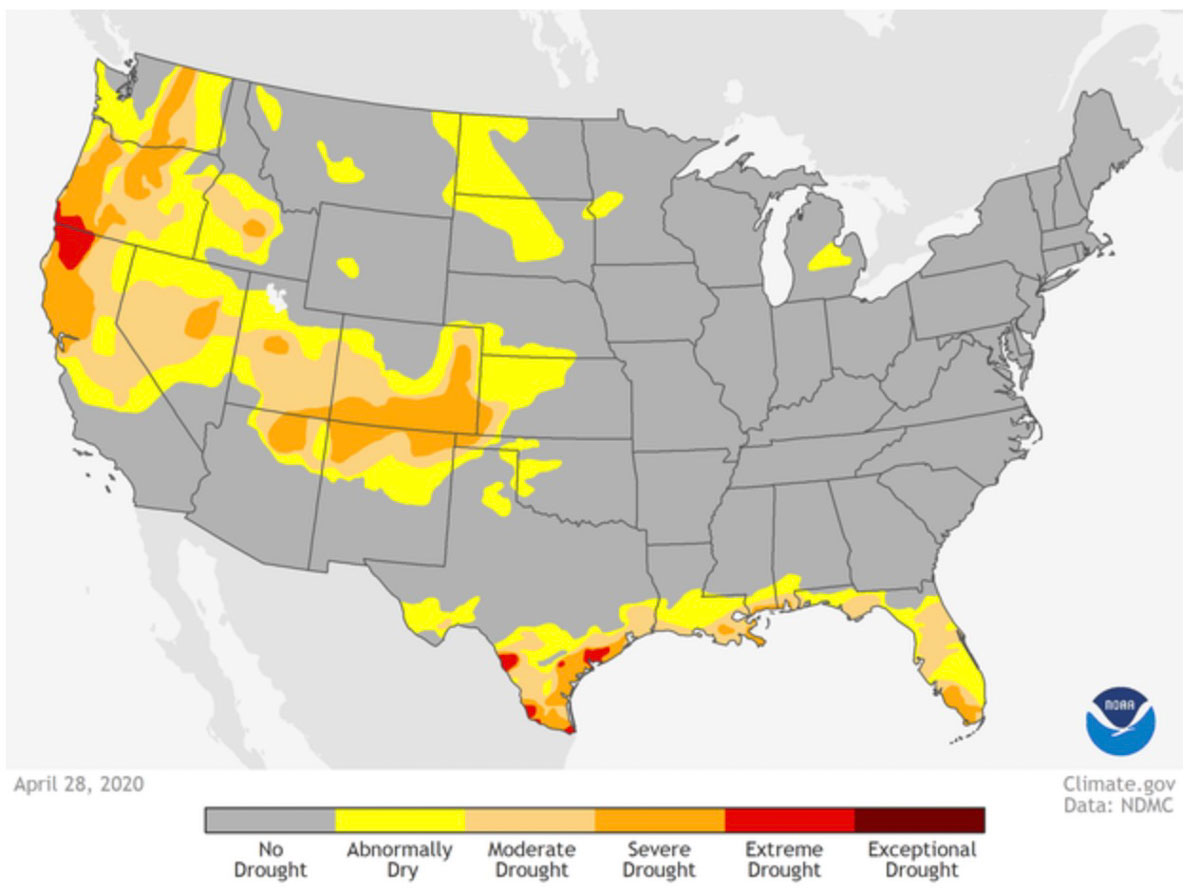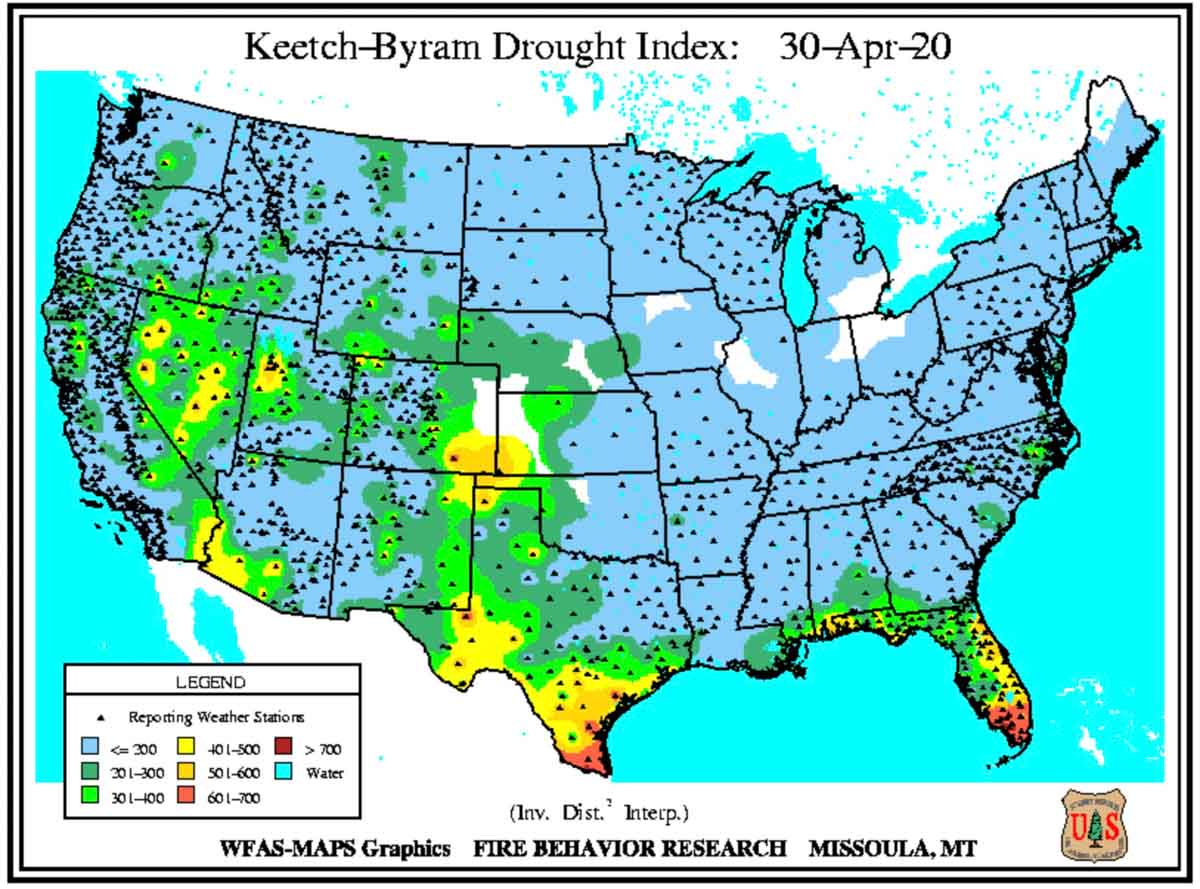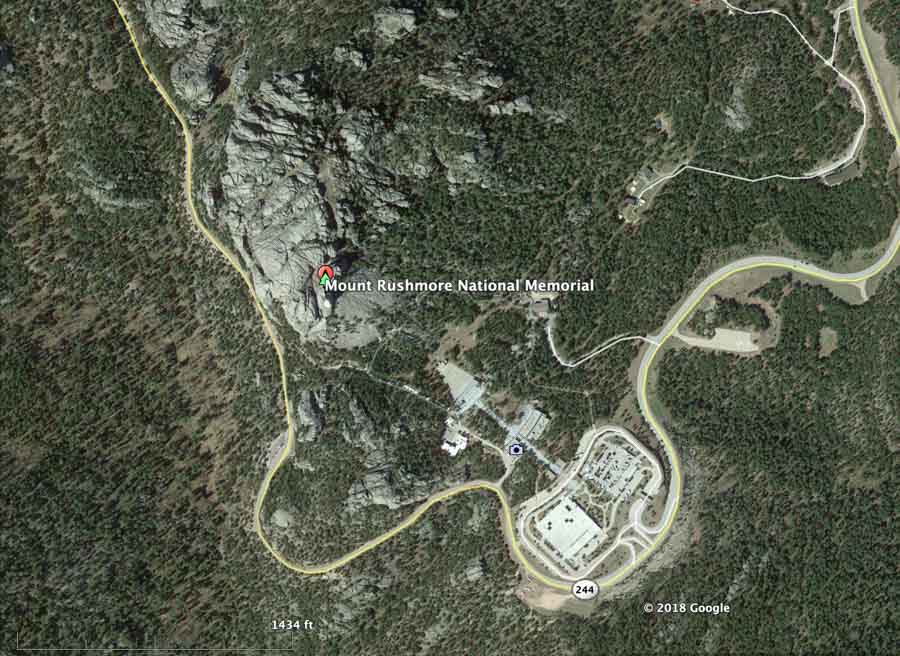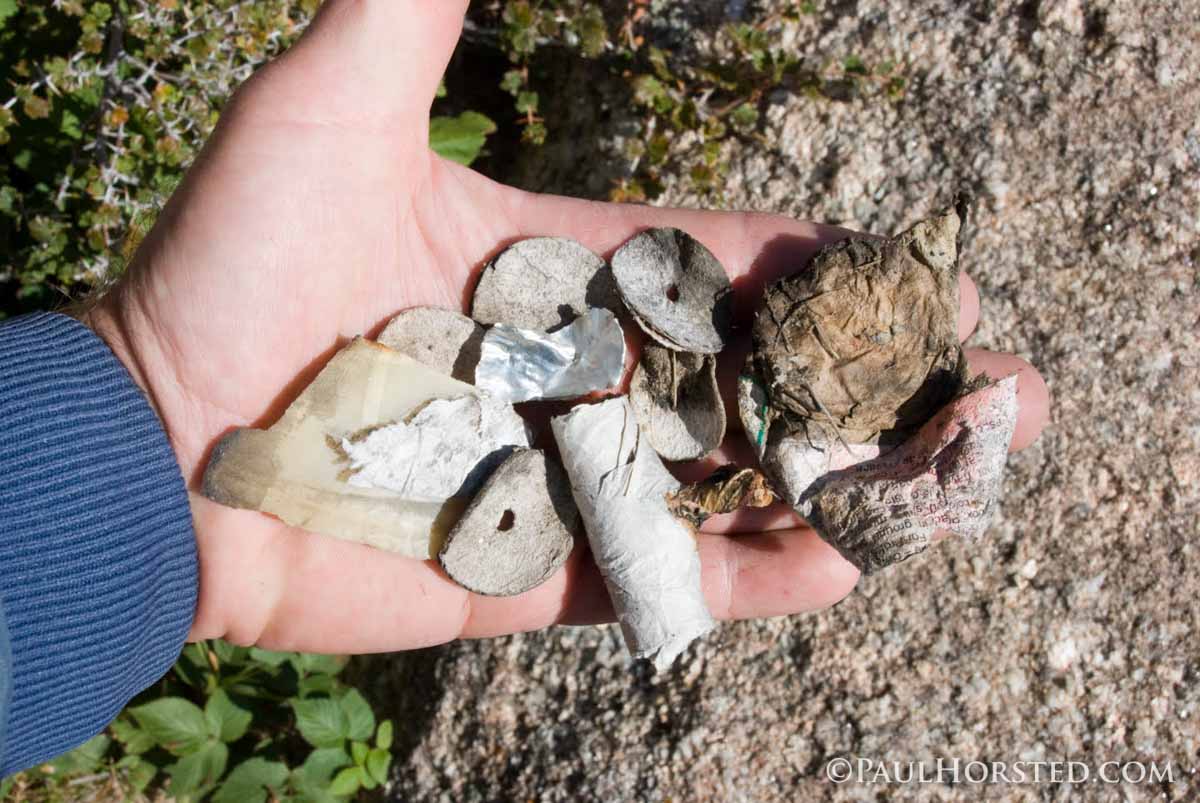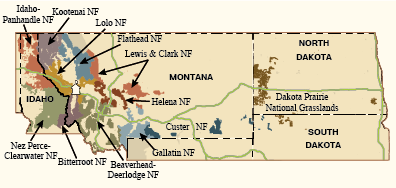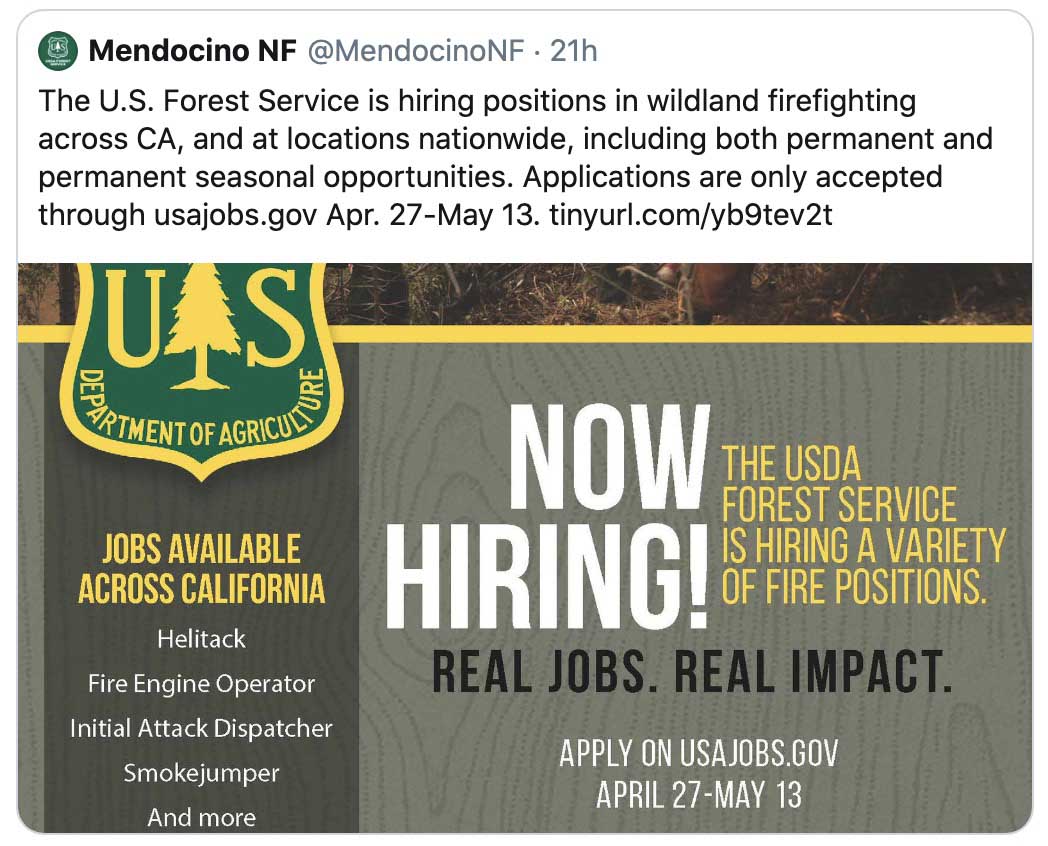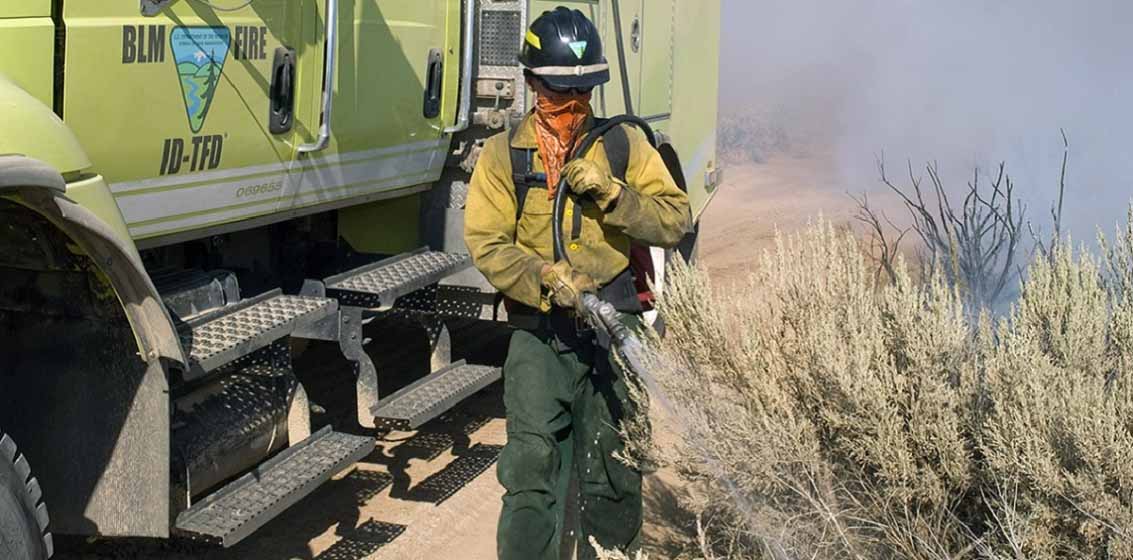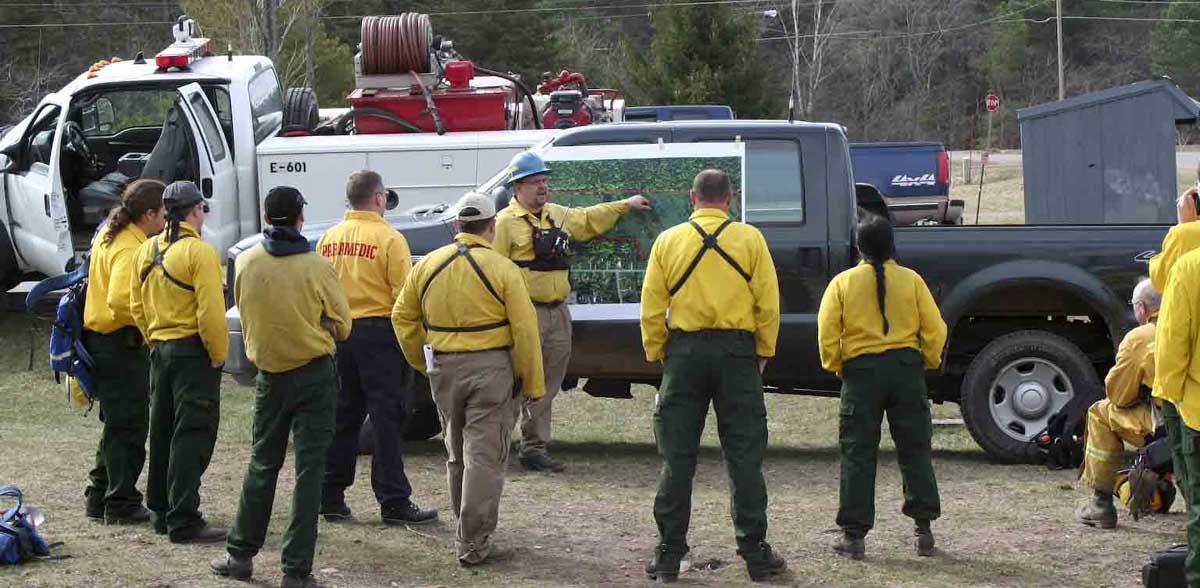
Eleven Senators signed a letter dated April 30 asking Forest Service Chief Vicki Christiansen a series of very pointed, detailed questions about how the agency will manage their 10,000 wildland firefighters and safely suppress wildfires during the COVID-19 pandemic.
Here are some of their questions, paraphrased:
- According to the Agency’s Quantitative Risk Assessment, the worst-case scenario gives a six percent “cumulative mortality rate” at large fire camps.
- What measures and training protocols are the agency implementing to mitigate COVID-19 virus exposure and response?
- How are you communicating the level of risk to field staff and local leaders, and how are you setting national guidance for priortizing firefighter safety?
- Will national crews and assets be able to move between regions to respond to wildfires?
- What are you doing to communicate the scale of risk?
- How will you coordinate with other agencies to ensure communities impacted by wildfire smoke have access to health care and air filters, in light of COVID-19?
- Do you need additional resources? (this question was asked multiple times)
- How are you working with state, federal, and local partners to ensure consistency of response and COVID-19 related precautions are consistent, realistic, and implementable on multi-jurisdictional fire responses?
- What is the agency doing to continue implementing forest management and hazardous fuels reduction activities?
- In a letter from the Chief dated April 3, 2020 you mention that the agency would commit resources “only when there is a reasonable expectation of success in protecting life and critical property infrastructure.” This has led to some confusion about how quickly and aggressively the FS will respond to wildfires. Please expand on how you and the agency define a “reasonable expectation for success”.
- Given that large fires will increase fire crew interaction and demand for outside assistance, what steps are the agency taking to plan for these scenarios and provide appropriate precautions to protect firefighter health and safety?
- If you plan to work with local partners and businesses to help bolster capacity, supply meals, and offer temporary housing, how are you communicating agency direction to prevent transmission fo COVID-19?
- Since a new contract for exclusive use Type 1 helicopters has not been issued and the contract for five additional large air tankers has been protested and may not be resolved until July:
- Has the agency considered adding more exclusive use contracts for rotor and fixed wing aircraft?
- Would additional aerial suppression assets assist in this year’s prioritization of initial attack and reducing smoke for vulnerable populations?
The letter was signed by eleven senators, all Democrats from western states: Kamala D. Harris (CA), Dianne Feinstein (CA), Ron Wyden (OR), Kyrsten Sinema (AZ), Jeff Merkley (OR), Patty Murray (WA), Catherine Cortez Masto (NV), Martin Heinrich (NM), Jacky Rosen (NV), Michael Bennet (CO), and Maria Cantwell (WA).
From my experience in the last three months of trying obtain information along these lines from the Forest Service, the agency is extremely reluctant to disclose anything meaningful about how operating procedures have changed during COVID-19. For example they flat refused to divulge any information about the peculiar 30-day contracts awarded to a handful of Type 1 helicopter companies — or even admit that the contracts existed. This is important, since the previous four-year contracts for Type 1 exclusive use helicopters ended April 30.
It appears that there is a degree of micro-managing going on in the federal land management agencies. Some questions from reporters that used to be routinely answered quickly at the local or Boise level now have to be filtered through not just the Washington office level, but may go all the way up to the Department of Agriculture and Department of the Interior. At that point the proposed response may be modified, sometimes to the point of producing useless gibberish.
For example, a question to a Forest Service spokesperson about the reasons for the unusual 30-day helicopter contracts and how they were awarded resulted in this “answer” several days later:
The USDA FS is utilizing all options available via the existing aviation contracts and Call When Needed Agreements to ensure that historical helicopter coverage remains in place.
It is possible that Regional and National leaders within the Forest Service do not have the support of appointees at the Department and White House level to make decisions based on their years of knowledge, skills, and experience. They may not have the confidence or authority to demonstrate real leadership or make the necessary decisions called for relative to the topics brought forward in this letter from the Senators. These eleven elected officials may be cognizant of this.
Thanks and a tip of the hat go out to Bill and Jason. Typos or errors, report them HERE.


